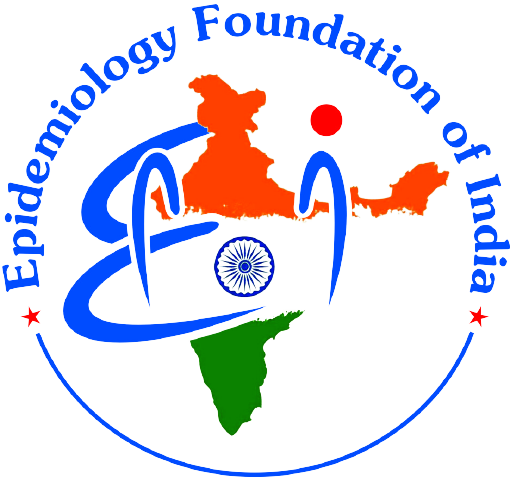Willingness for Organ Donation among MBBS Students in Maharashtra
Downloads
Published
DOI:
https://doi.org/10.56450/JEFI.2024.v2i01.005Keywords:
Organ Donation, Organ Transplantation, Organ Donors, Tissue Donors, Brain DeathIssue
Section
License
Copyright (c) 2024 Dr Annu Varghese, Dr.D.S.Deo, Dr.Rajesh C Sambutwad

This work is licensed under a Creative Commons Attribution-NonCommercial-ShareAlike 4.0 International License.
Background: Merely 2-3 per cent of the demand for organs for transplant is fulfilled, resulting in the unfortunate loss of numerous lives to organ failure each year in India. Presently, the deceased organ donation rate in India stands at 0.52 donors per million population. As future healthcare professionals, MBBS students have the potential to become advocates, educators, and facilitators of organ donation. The study aimed to assess willingness for organ donation among MBBS students in Maharashtra. Materials and Methods: A cross-sectional study was conducted by distributing an anonymous voluntary self-administered questionnaire among MBBS students after obtaining institutional ethical clearance. Data collected from 604 students was analysed. Results and Discussion: More than half of the students (382, 63.2%) were willing for organ donation out of which, 17 were registered organ donors. When it comes to live kidney donation for an unknown recipient, only 33.6% (203) of students showed willingness. A significant association was found between the year of study and willingness and organ donation (p< 0.001) and between knowledge level and willingness for organ donation (p<0.001). Conclusion: Efforts to bolster knowledge, address cultural considerations, and integrate organ donation education into medical curricula can contribute to a more compassionate and informed generation of healthcare professionals, equipping them to engage in informed conversations with patients and their families regarding organ donation.Abstract
How to Cite
Author Biographies
Annu Varghese, Swami Ramanand Teerth Rural Government Medical College, Ambajogai, Maharashtra
.
Deepali Deo, Swami Ramanand Teerth Rural Government Medical College, Ambajogai, Maharashtra
.
Rajesh S Sambutwad, Swami Ramanand Teerth Rural Government Medical College, Ambajogai, Maharashtra
.
Geneva. Global Glossary of Terms and Definitions on Donation and Transplantation. 2009. Deceased Organ Donation Data in India (Internet). (cited 2024 Mar 28). Available from: https://www.organindia.org/deceased-organ-donation-data/ Kerala Organ Sharing Registry – Share Organs Save Lives (Internet). (cited 2024 Mar 28). Available from: https://www.knos.org.in/faqtnos.aspx Jothula KY, D. S. Study to assess knowledge, attitude and practice regarding organ donation among interns of a medical college in Telangana, India. Int J Community Med Public Health. 2018 Mar 19; Agarwal S. Are Medical Students Having Enough Knowledge about Organ Donation. IOSR Journal of Dental and Medical Sciences (IOSR-JDMS) e-ISSN (Internet). 2015;14(7):29–34. Tanna H, Patel H, Patel P, Patel G, Kumar D. Knowledge and Attitude Toward Organ Donation Among Interns and Residents in a Tertiary Care Hospital in Gujarat, India. Cureus. 2023; Kumar G, Verma R, Agrawal G, Sachdeva A. Knowledge and attitude regarding organ donation among undergraduate medical students in a tertiary healthcare centre. Int J Community Med Public Health. 2020;8(1):311. Sahana BN, Sangeeta M. KNOWLEDGE, ATTITUDE AND PRACTICES OF MEDICAL STUDENTS REGARDING ORGAN DONATION. Research Article Int J Cur Res Rev. 2015. Adithyan G, Mariappan M, Nayana K. A study on knowledge and attitude about organ donation among medical students in Kerala. Indian Journal of Transplantation (Internet). 2017;11(3):133. Ramadurg UY, Gupta A. Impact of an Educational Intervention on Increasing the Knowledge and Changing the Attitude and Beliefs towards Organ Donation among Medical Students. J Clin Diagn Res (Internet). 2014;8(5):JC05. Karini D, S S, B DM. PERCEPTIONS OF MEDICAL STUDENTS IN A GOVERNMENT MEDICAL COLLEGE TOWARDS ORGAN DONATION. Journal of Evidence Based Medicine and Healthcare. 2015;2(44):7998–8005.
References





